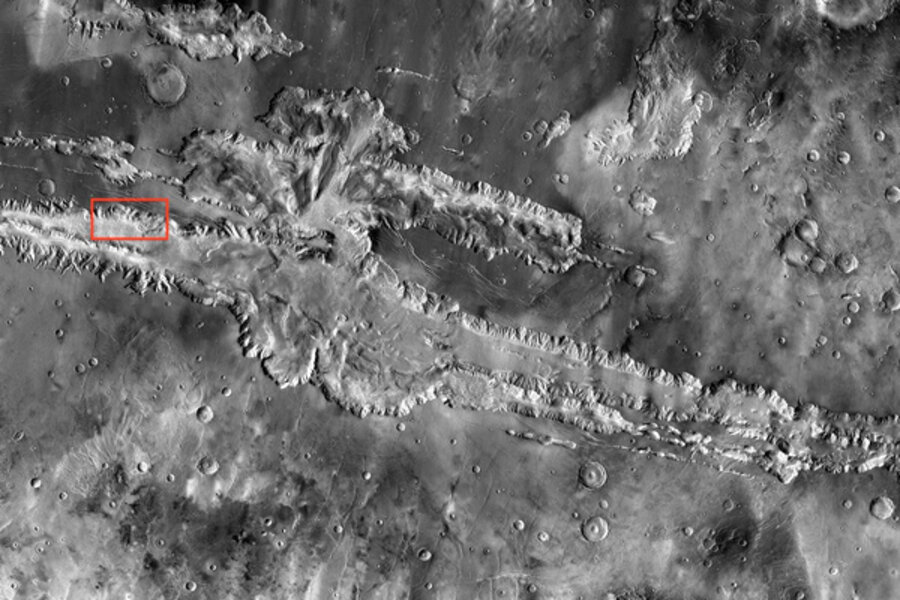Incredibly detailed map of Mars hits the Web
Loading...
Ever wanted to explore the surface of Mars? Now you can – at least virtually - thanks to a powerful camera aboard a spacecraft in orbit around Mars that has made the most accurate global map of the red planet in history.
A camera from NASA's Mars Odyssey spacecraft captured nearly 21,000 images using its Thermal Emission Imaging System, or THEMIS, a multi-band infrared camera. The images were stitched into the new Mars map, which was posted online by researchers at Arizona State University's Mars Space Flight Facility in Tempe, Ariz.
Mars Odyssey's THEMIS observations began eight years ago, and since then, Mars Space Flight Facility researchers worked together with NASA's Jet Propulsion Laboratory (JPL) in Pasadena, Calif., to compile the images, patching them together to create the giant Martian map. [See part of the new Mars map.]
IN PICTURES: Mars Spirit rover: What a long-range trip it's been
"We've tied the images to the cartographic control grid provided by the U.S. Geological Survey, which also modeled the THEMIS camera's optics," said Philip Christensen, principal investigator for THEMIS and director of the Mars Space Flight Facility, in a statement. "This approach lets us remove all instrument distortion, so features on the ground are correctly located to within a few pixels and provide the best global map of Mars to date."
Users can pan around the mosaic of images, and at full zoom, can view the smallest surface details, which appear 330 feet (100 meters) wide. Previous areas of Mars have been mapped at higher resolution, but this new map provides the most accurate view so far of the entire planet, researchers said.
Viewers with large bandwidth, powerful computers and software capable of processing images in the gigabyte range can also download the full-resolution map in sections.
"The Mars Odyssey THEMIS team has assembled a spectacular product that will be the base map for Mars researchers for many years to come," said Jeffrey Plaut, Odyssey project scientist at JPL. "The map lays the framework for global studies of properties such as the mineral composition and physical nature of the surface materials."
Several sites, including NASA's "Be a Martian" website also allows the public to lend a hand and contribute to Mars exploration by aligning the images to within a pixel's accuracy.
"The broad purpose underlying all these sites is to make Mars exploration easy and engaging for everyone," Christensen said. "We are trying to create a user-friendly interface between the public and NASA's Planetary Data System, which does a terrific job of collecting, validating and archiving data."
The Mars Odyssey spacecraft was launched in April 2001 and reached Mars in October of that year. The mission is managed by NASA's Jet Propulsion Laboratory.
The new map of Mars released by the Arizona State University's Mars Space Flight Facility can be seen in its entirety by clicking here.
IN PICTURES: Mars Spirit rover: What a long-range trip it's been





